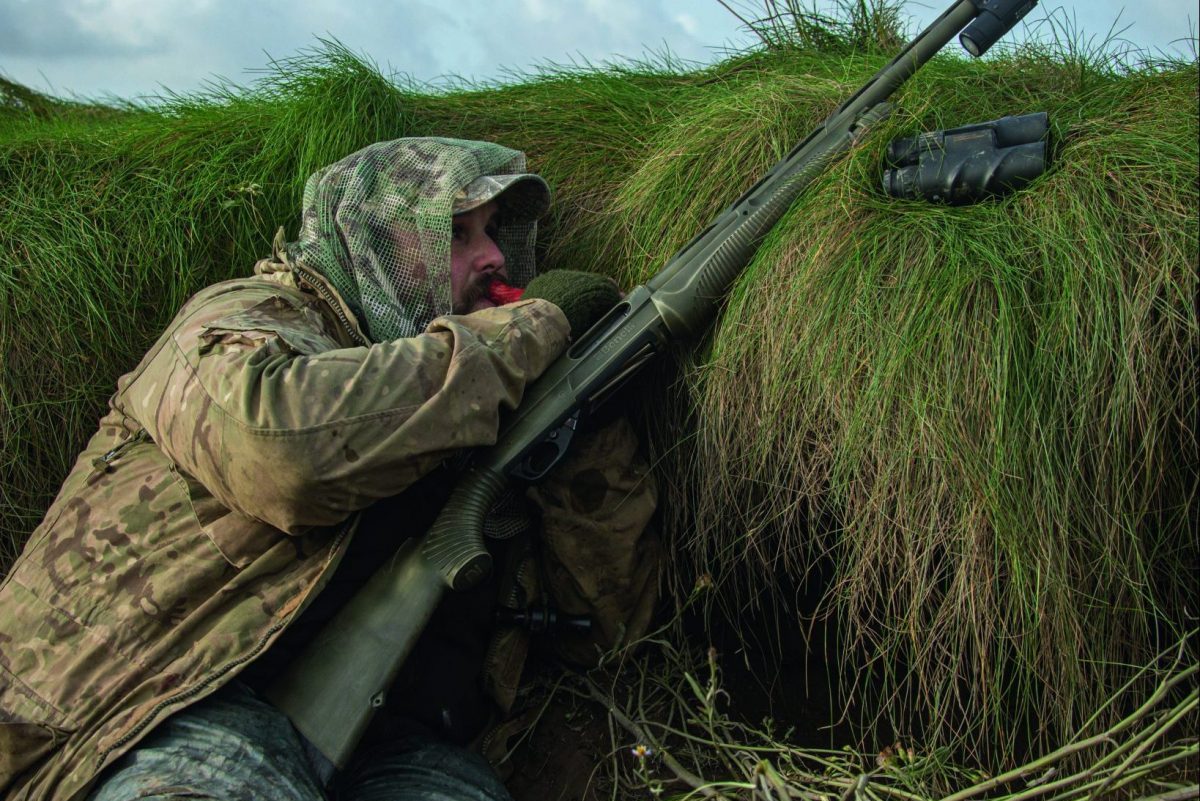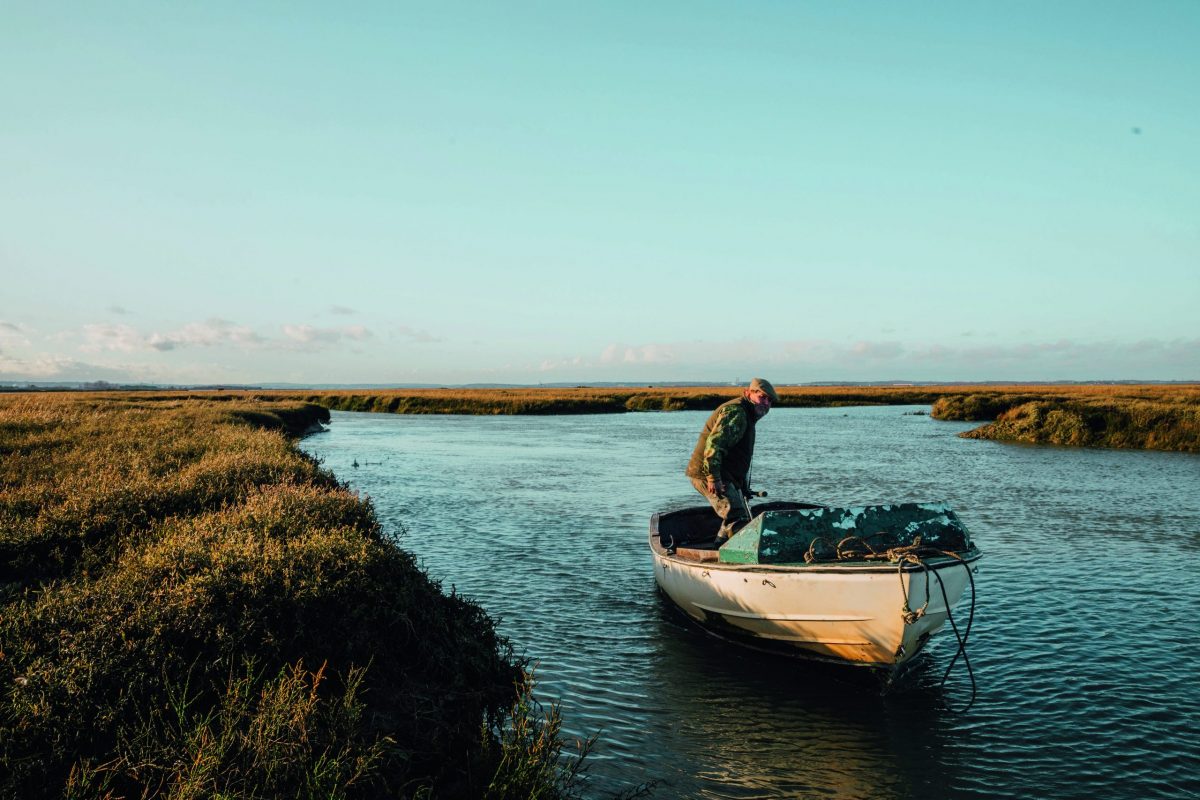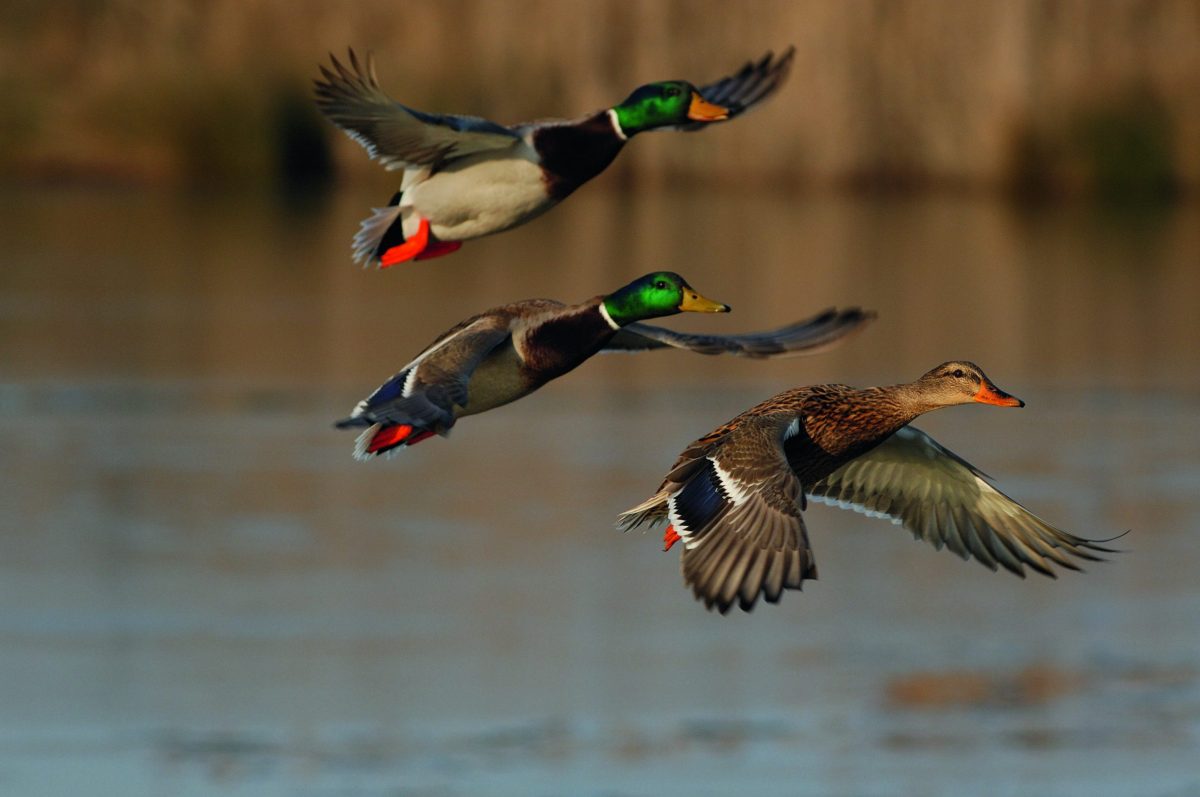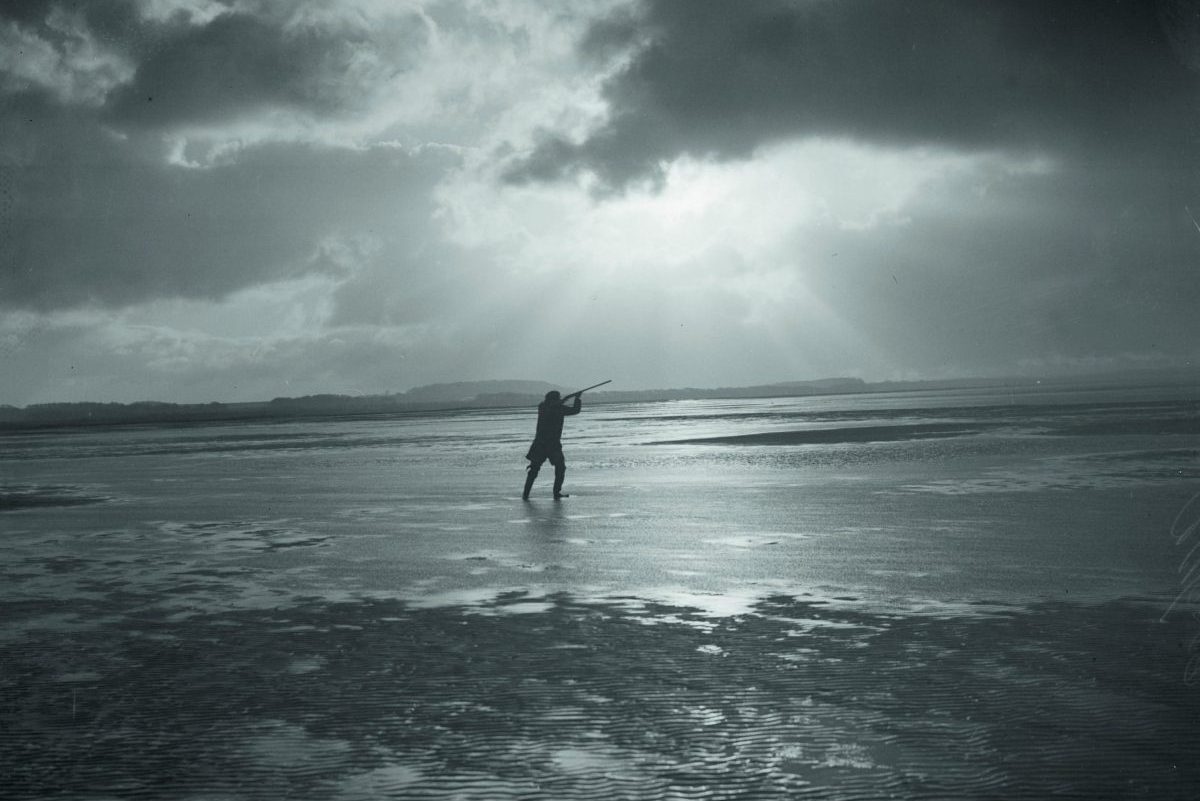Flightlines and other tactics – how to shoot ducks without using decoys
Tom Sykes details how he hunts without the aid of decoys and how he optimises his chances with various tactics such as setting up on a flightline

Pursuing ducks on the foreshore is one of my favourite forms of fieldsports. The thrill of the chase is exciting, and each outing on the saltings will result in different outcomes and experiences. As much as I love using decoys to tip the scales in my favour, I do enjoy a good flight or two travelling light and intercepting the birds using fieldcraft, such as making use of a flightline, and minimal equipment.
Flightlines and ducky destinations
Setting up in the right location is key to success, as there isn’t the lure of decoys to pull passing birds if you aren’t in the right spot. The two rules of thumb are either to set up on a flightline or where the ducks intend to end up. Trying to pick out a flightline over a vast expanse of marsh may seem daunting at first, but patterns can soon become apparent with a little reconnaissance and boots on the ground. I will often try to find creeks or gutters that lead out across the marsh running parallel to the general directions the birds will be flying. Ducks will often use these as reference points and they are often the best areas to start when getting a feel for patterns and a flightline.
Time of day can also improve the chances of getting a shot on a flightline. The optimal times are normally first and last light. Ducks will often move in the dark or near darkness – during the first sliver of light or at the opposite end of the day. This can make shooting difficult and I have had, on many occasions, nothing more to show for my efforts other than hearing the sound of wings whistling and the odd call.

Ducks often move in the dark or near darkness, making shooting difficult
Daytime tides can produce fruitful outings for flightline shooting as birds will often take to the skies and move around with the incoming water. This can also help to work out where the birds are heading. Finding a location where birds wish to end up can optimise the chance of success. Some of my favourite tide-flighting locations can be shot without the use of decoys. Although I would say that decoys can improve the chance of success, it is nice to save the faff and tuck into the side of the creek to take a range of passing- and decoying-style shots.
- What is the best shotgun for wildfowling?
- Rough shooting jacket – what are the best options?
- Best shooting wellies
- Best waterproof trousers
Another fantastic ambush site can be marsh-top floods. These typically shoot best in an evening after a tide has covered the marsh top and replenished the water and food stocks. I often shoot these with no decoys, using only my knowledge of the area and my calls to lure the birds for my bag.
The beauty of travelling light is that you can up easily and move if you think you have picked the wrong location. Being adaptable may not always work. If I see a flightline developing away from my chosen spot, I will more often than not up and move if I feel it will produce the best chance of a shot. However, occasionally, I will return to my original location across the marsh when I discover that I was right all along.

Picking out flightlines over a marsh is not as difficult as you might imagine
Weather
Certainly, Mother Nature can be an ally when flighting ducks with no decoy pulling power. Strong winds should be exploited where possible as such conditions can often produce the most memorable flights. A good headwind for flightline shooting can push the birds down and increase the chances of them passing over in range. Blustery days with a tide are the best opportunities to set up an ambush in a sheltered side channel or creek.
I have had some of my best flights hunkered down in a gale with a tide pushing hard and birds flighting in all directions in search for shelter. The best time can be just before being pushed off by the approaching tide as it breaches over the marsh top. I have missed plenty of good action in the past messing with decoys, trying to get all my gear packed away on days like this. Sometimes it can prove more productive to have no decoys and wait until the last moment to bail out, while remaining safe.

The joy of travelling light
Calling
Having little to lure birds in range can be an issue when travelling light with no decoys. The best way I have found to have an edge in these situations is to carry a string of calls around my neck. Callers can be as basic or as sophisticated as you wish.
A lot can be achieved with a hen mallard call and an old goose call that can be manipulated to call all species of geese to a fashion. I have even resorted to mouth whistling wigeon as well as doing my best throaty goose and duck call on the occasions where I have forgotten to bring the calls. I would certainly try to take my calls when travelling light as they are compact, hang around my neck on a lanyard, and are a useful piece of my armoury.

A string of calls on a lanyard is a useful piece of armoury
Concealment
One of the main downsides to calling with no decoys is that birds will often be looking hard for the source of the call, which can compromise your shooting position if you are poorly concealed. Without my shooting paraphernalia, I normally use natural cover to provide the best shooting position. Deep gutters with steep sides often produce advantageous locations.
Depending on the situation, I will even favour taking Hugo, our black labrador, over Goose, our golden, as I have more confidence in his colour being less visible when I don’t have the advantage of a hide.
There is something old school about travelling light when it comes to wildfowling. My grandad didn’t have a fraction of the gear I have, but was still successful. I might not go as far as using a pushbike to get down to my favourite spots like he used to do, but I still like wearing my thigh waders, a wax jacket with a pocket full of shells and his old musket in hand for a successful flight on his old stomping ground. Although I am sure he would take the modern luxuries we have heading out for a flight if he was still with us.
Keeping things simple can sometimes be harder, but certainly makes each bird in the bag feel well earned and there is something magical about that.








